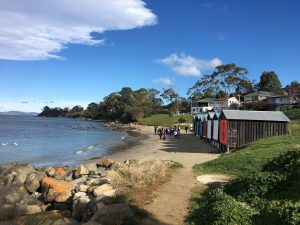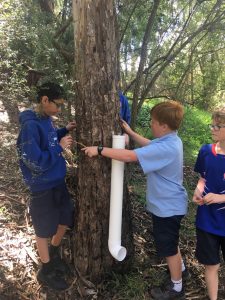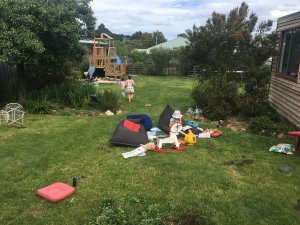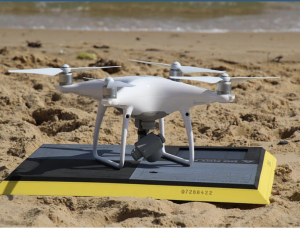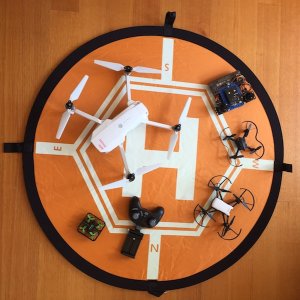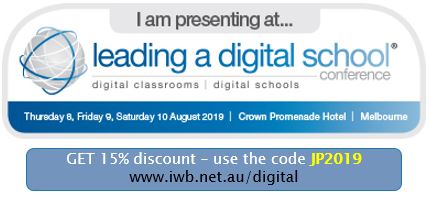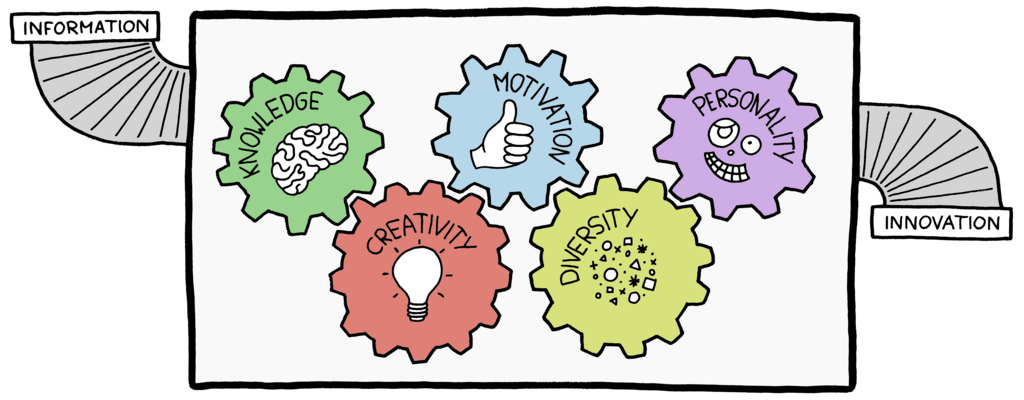Many schools are introducing or improving their online offerings in the K-12 education space. Whilst online and blended programs have been the norm for a significant amount of time in the tertiary sector we are playing catch up in terms of supporting our students to access learning anywhere anytime in the K-12 school environment.
Technology, like educational theories, continually evolve with time. This evolution creates opportunities for improvement in classroom practice for the betterment of the students in our care.
One such opportunity is online learning. An online learning approach allows students to access learning resources in an online environment and while this approach has some benefits for Haileybury students, it lacks one key feature; regular face to face interactions with an experienced teacher.
A blended learning approach combines tradition face to face teaching and learning with the directed use of online resources. Blended learning describes a learning environment that uses a range of learning activities and resources to enable the students to achieve their academic potential.[i]
Features of a blended learning environment include, but are not limited to, face to face teaching, pencil and paper, hands on materials, individual activities, group work and online resources and activities and resources. When a teacher combines these approaches, they are utilising blended learning with their students. It does not mean that effective teaching practice should be ignored in favour of moving students to an online environment if it is not appropriate.
As a blended learning approach can be make use of a variety approaches it is important to note that it is not a one size fits all model. An institution will need to decide what features they wish to incorporate into their approach.
So where do you start defining what blended learning means for your institution?
The golden rule with this is to start with the user not with the technology! Far too often when looking at technology we start with the tool instead of the user and the intended outcome. If we start with the technology what we end up with is digitising education and learning instead of what we want to achieve which is the digitalisation of education and learning with view to a digital transformation of education and learning.
However what is the difference between digitisation, digitalisation and digital transformation?
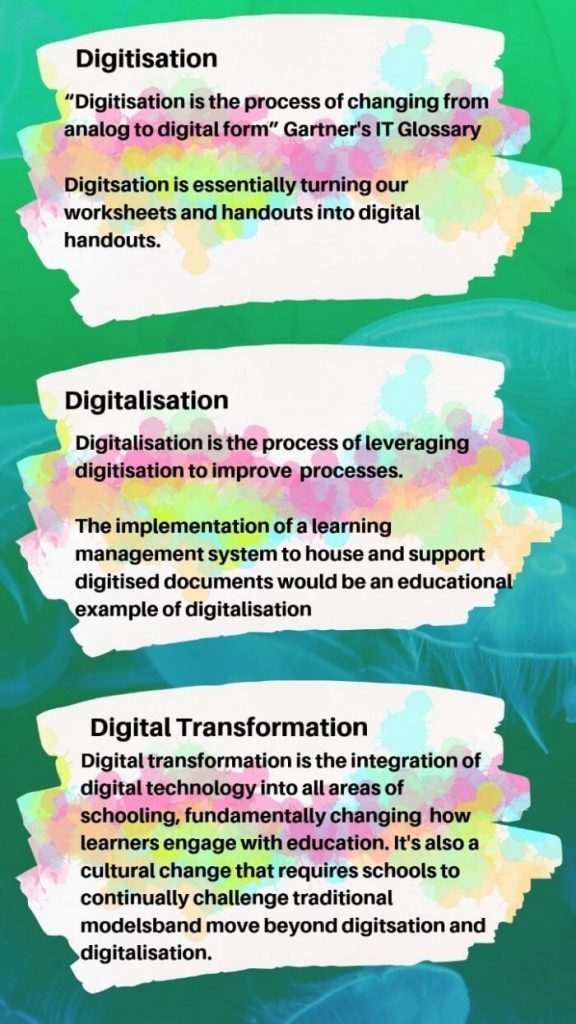
In moving between these areas there are many models we can use to frame this up such as SAMR Model, Florida Technology Integration Matrix, and the TPACK model however it is imperative that we work with the students/users to ensure that we get honest feedback as to where we currently are along our digital pathway as a school.
I suggest the best place to start along this pathway is to shadow your students for a week. During that week write down every time they interact with traditional and digital learning materials and note down how they interact with these. This will begin to give a strong picture as to where your currently are and what the opportunities are at the different levels of digitisation, digitalisation and digital transformation. I have included below and example of a shadowing exercise I did a few years ago.
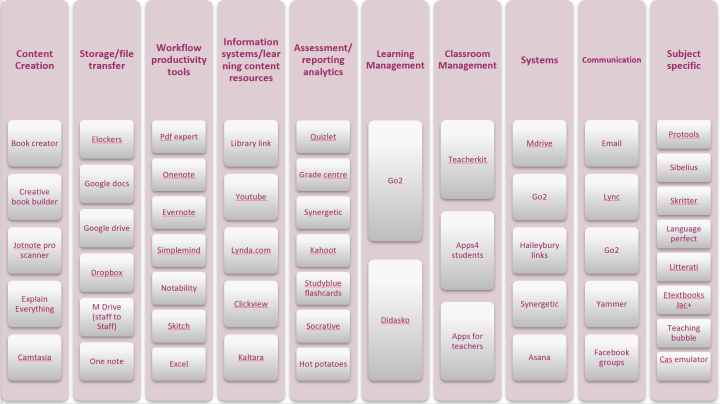
Once we shadowed and interviewed our users we found that there was quite a lot of digitisation and not a large amount of digitalisation or digital transformation. What was plainly obvious was the opportunity to link many of the digitised processes that we in place into one platform that enabled productivity and the user experience for students to be a lot cleaner and simplified.
This led us down the path of setting goals for our learning management system in conjunction with our users. The biggest aspiration was that the platform was much more than a dropbox of files where students could access digitised handouts in one place. We wanted the platform to a place where students could engage with learning whilst collaborating and communicating with each other and their teachers in a safe environment.
So once we had a vision we needed to build it… However we knew that whilst Kevin Costner truly believed that
“if you build it they will come”
this is not always the case with technology adoption.
We needed to ensure we designed with our students and teachers not for our students and teachers.
Design sessions were held with students and teachers and templates were made for each department based on their student and teacher needs. What was clear from these design sessions was that students like a cohesive clear user experience. Students wanted to know where to get resources easily and they wanted to see their teachers in educational resources.
What became very apparent was that students and teachers wanted their online space to be a social utility. Our students knew that the internet is full of great “stuff” but they wanted resources to be curated to them.
In relatable terms this meant that we had to create the Michelin Guide for learning to our students. In 1920 Michelin offered a guide that gave users the best restaurants and hotels on a given pathway. In 2019 we had to do the same for learning with our students.
So we began the journey of working in teams to design this. This meant mapping out what the learning experience looked like for each learning objective not just in a face to face model but in a blended model as well. It involved the digital transformation of mindset to define learning as something that happens beyond face to face four walls model and into a anywhere anytime model.
In my next blog post I will write further about what we created and collated and the importance of clever curation and strong creation of resources by all users, students and teachers.
Please join me at the Leading a Digital School Conference where I will present a Keynote on this subject.
[i] https://www.education.vic.gov.au/documents/about/research/blendedlearning.pdf
